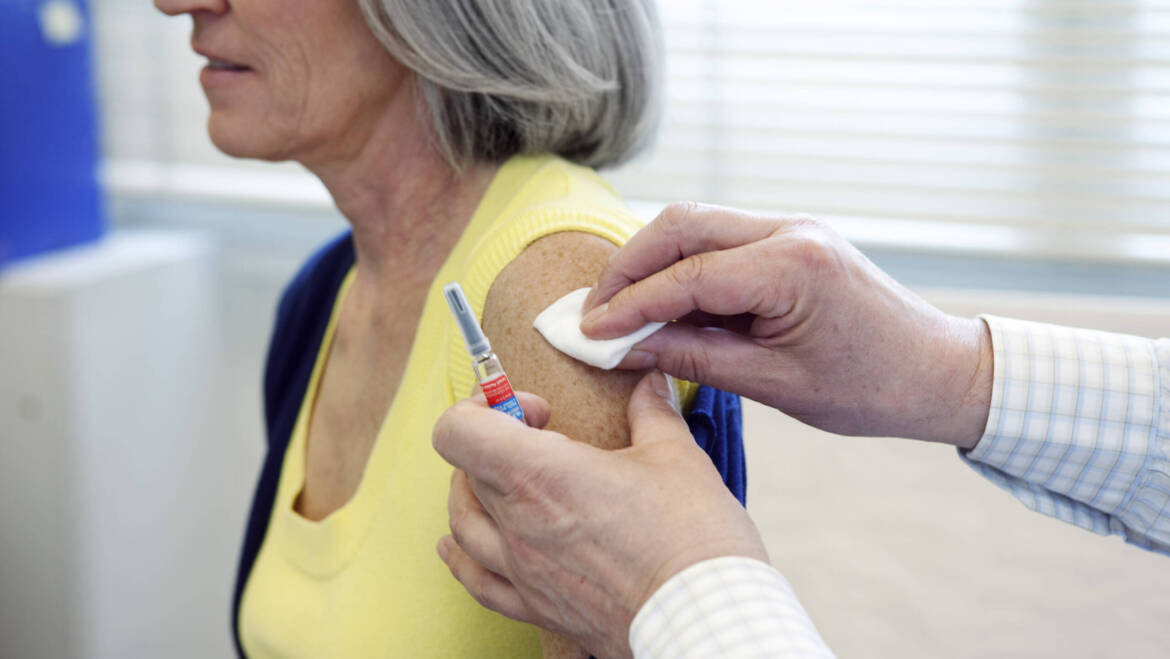
While the fall season approaches, coronavirus is still at the front of the minds of many Americans and people around the world alike. However, a more familiar bug, seasonal influenza, is still among us. Now more than ever, it’s important to receive a flu vaccination for our own health and for those around us, and to ease the burden on our hospital system.
Influenza over the years
While most of us are familiar with the flu, let’s recap just how it has affected The United States over the years. The 2018-2019 flu season saw over 34,000 deaths and 490,000 hospitalizations, while the previous season saw about double that. While the amount of people affected often depends on the type of strain that is present, the number of people vaccinated can also have a significant effect on the spread.
The flu among COVID-19
It is possible to contract the flu and the novel coronavirus at the same time. While the odds of that occurring are yet to be observed, the possibility alone is reason enough to make the effort to protect ourselves and those around us. Both the flu and COVID-19 can cause stress and even damage to the respiratory system, with the flu raising one’s chances of other infections. Both infections also overlap in a number of the at-risk groups that they target. For the sake of our older and younger populations, vaccination is important, especially this year.
Stress on our hospital system and testing laboratories
During the 2018 flu-season, hospitals like Robert Wood Johnson University hospital in New Brunswick, NJ were reported to be overwhelmed with patients; fatiguing the resources of outpatient clinics and urgent care centers alike. The same struggle was seen on a much higher level in the months after the arrival of COVID-19 in the United States. The combination of both viruses spreading at the same time is sure to once again, test the strength or our healthcare systems and the brave healthcare workers who operate them.
While some laboratories are currently working to develop testing that could detect both influenza strains and COVID-19, these tests are not yet a reality. Interestingly, there are many similarities in the testing processes for the two viruses. Some of the same reagents are used in the two processes, so a higher need for flu testing could cause material shortages for already-strained labs throughout the country. More people being vaccinated against the flu could prevent the need for more flu testing down the line.
Where to get vaccinated
There are several flu vaccines that are already available for the 2020 season. Based on age, there are a few different types of vaccines available — including egg-free options and nasal sprays. If unsure about which type of vaccine to get, it’s a good idea to consult your doctor or local pharmacist. A number of CVS, Walgreens and Rite Aid pharmacies across the country and the local New Jersey area are currently offering flu shots.
The information and other content provided in this blog, or in any linked materials, are not intended and should not be construed as medical advice, nor is the information a substitute for professional medical expertise or treatment.

